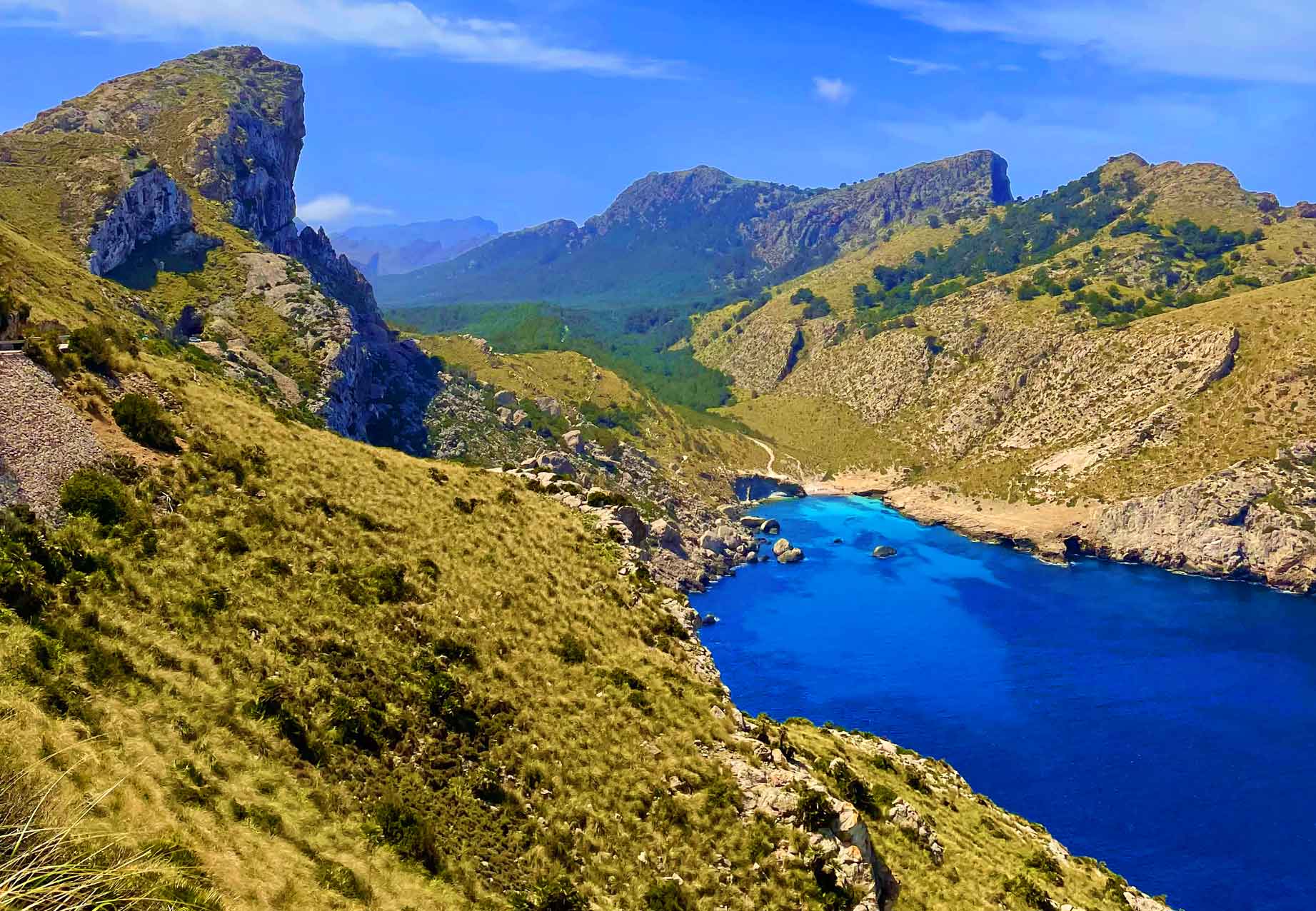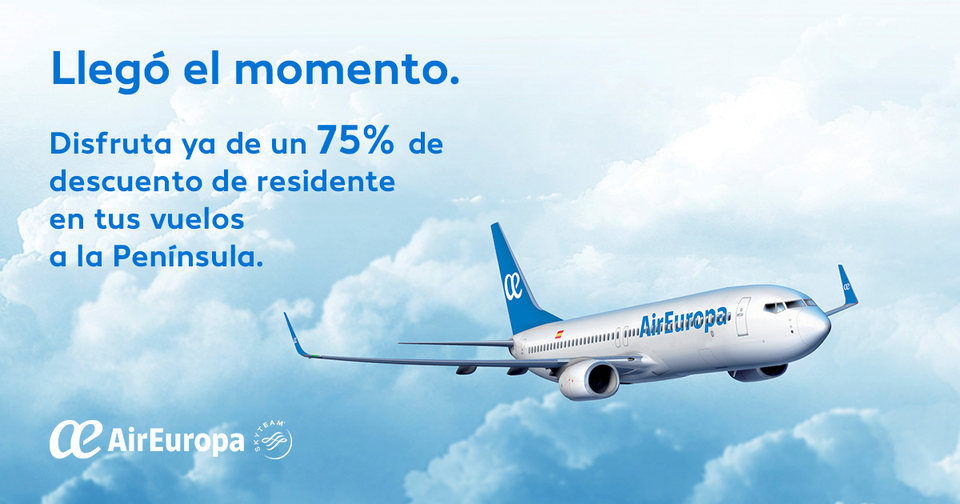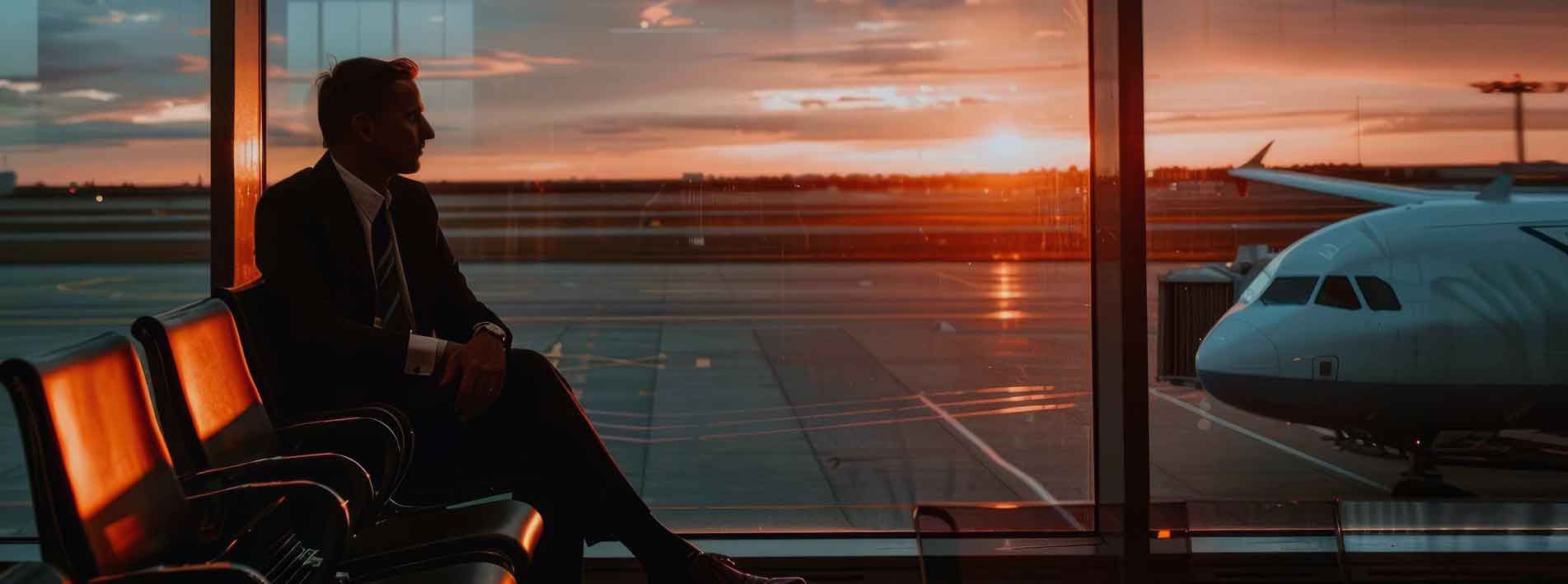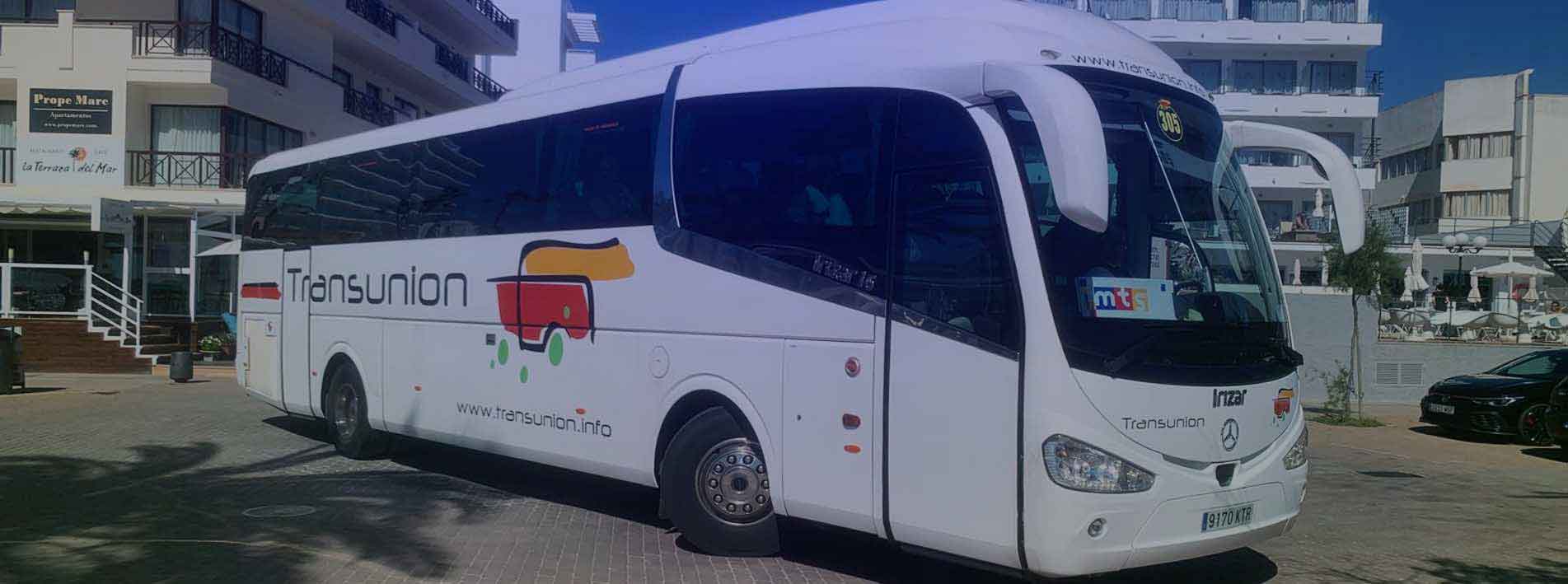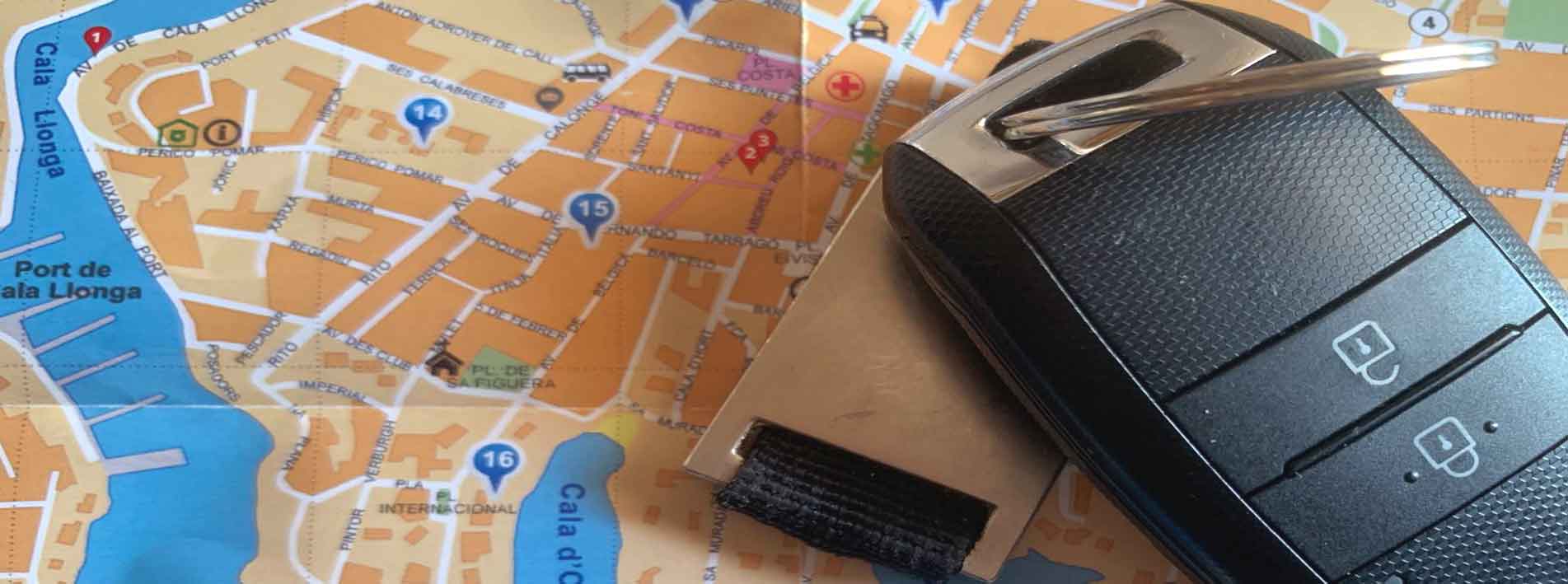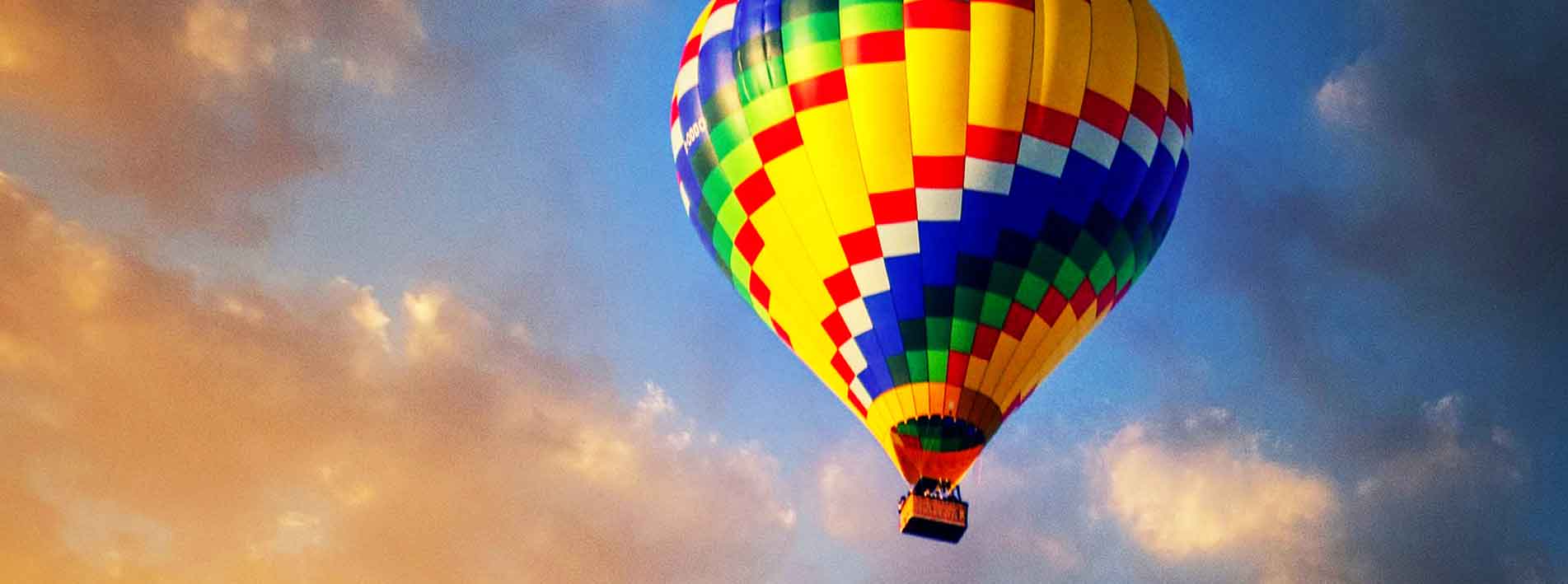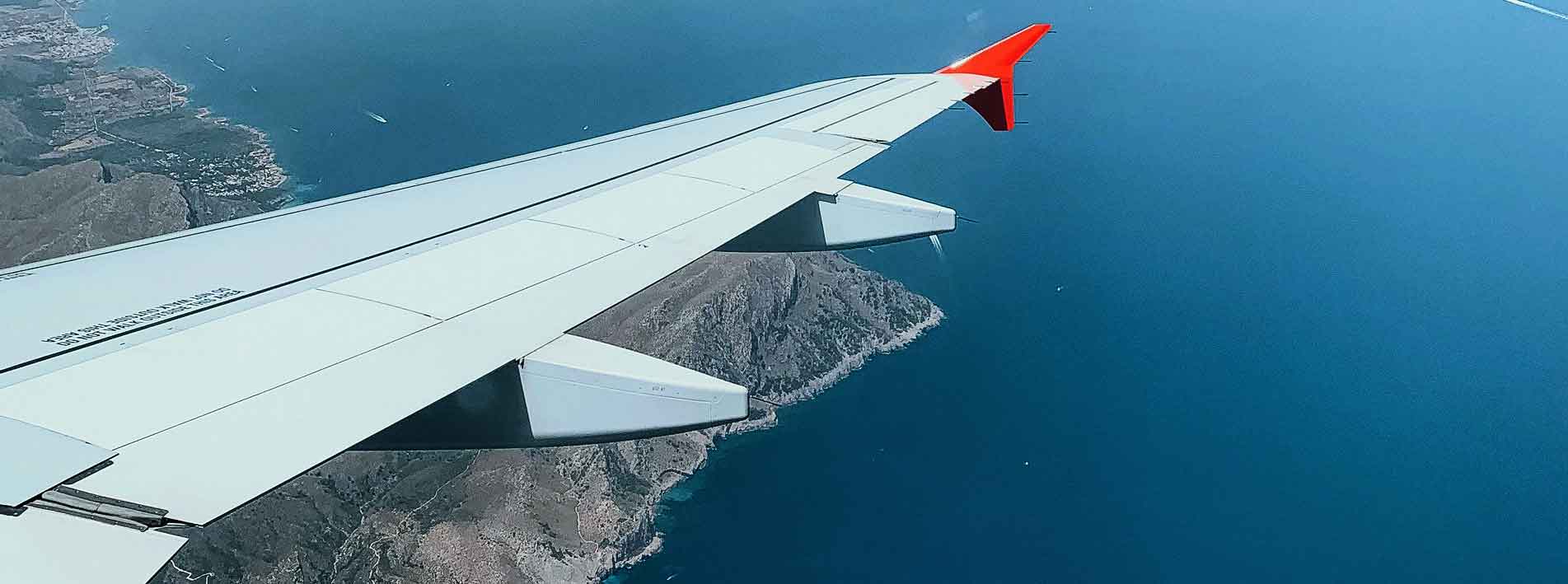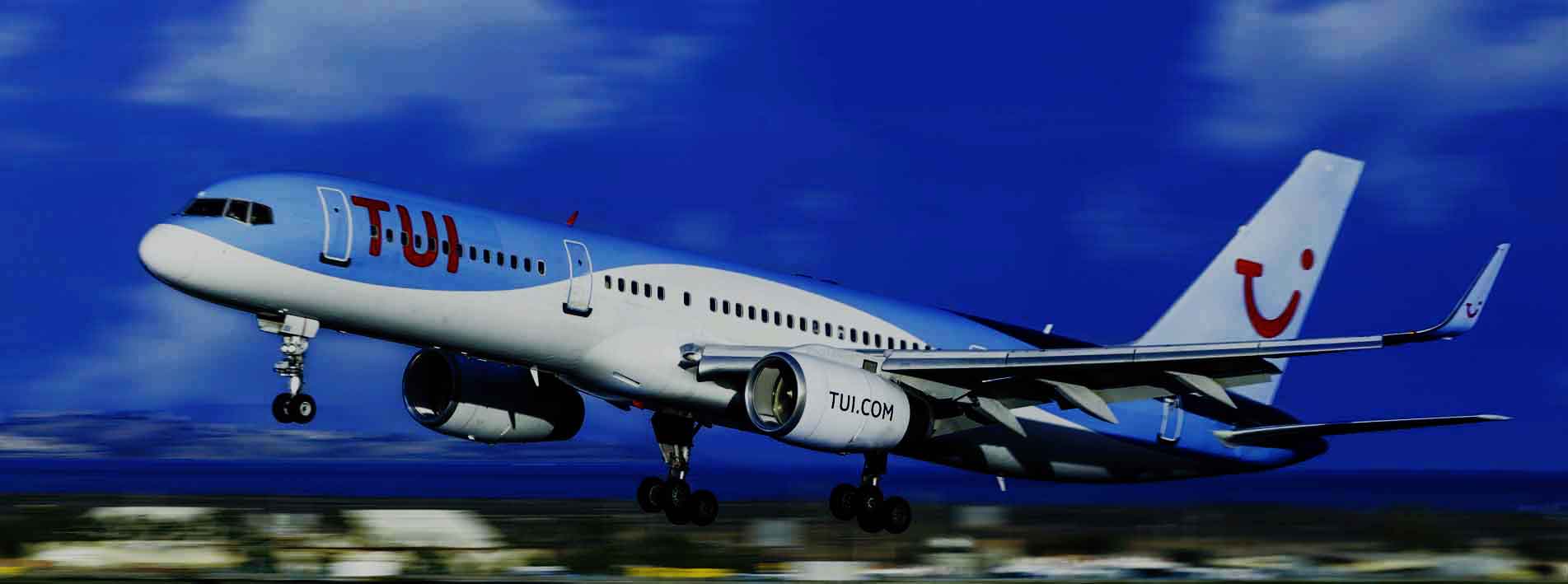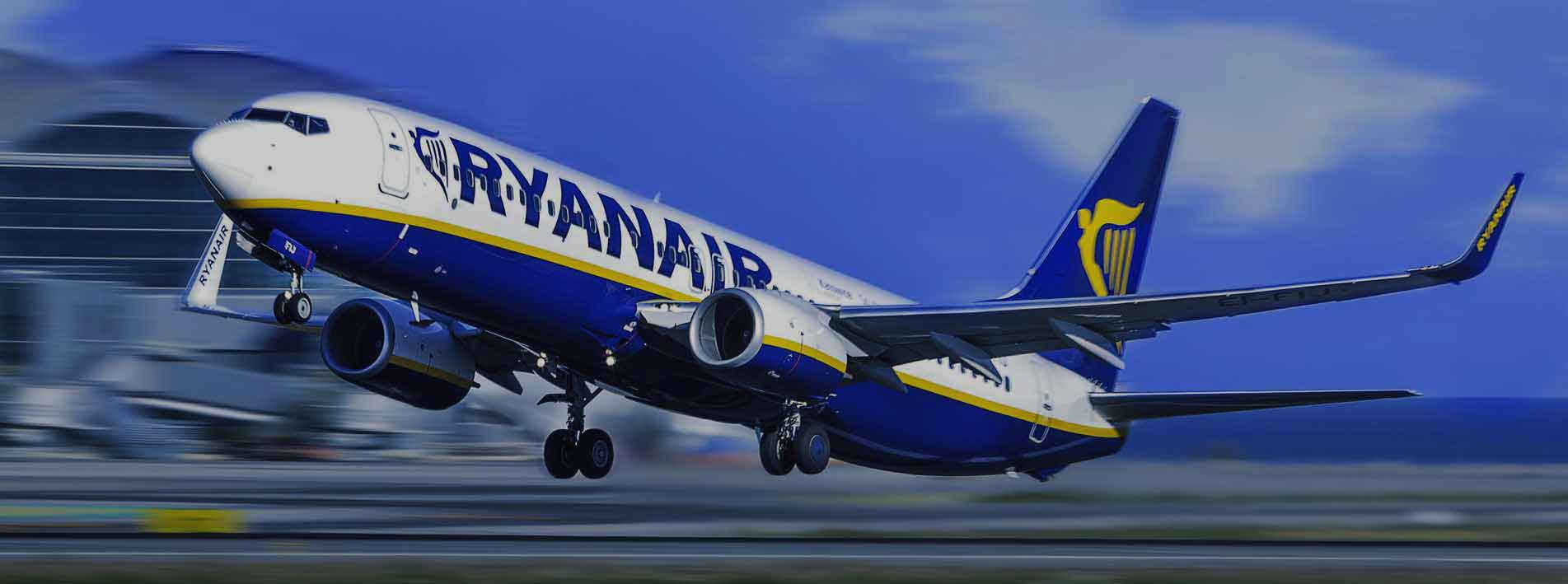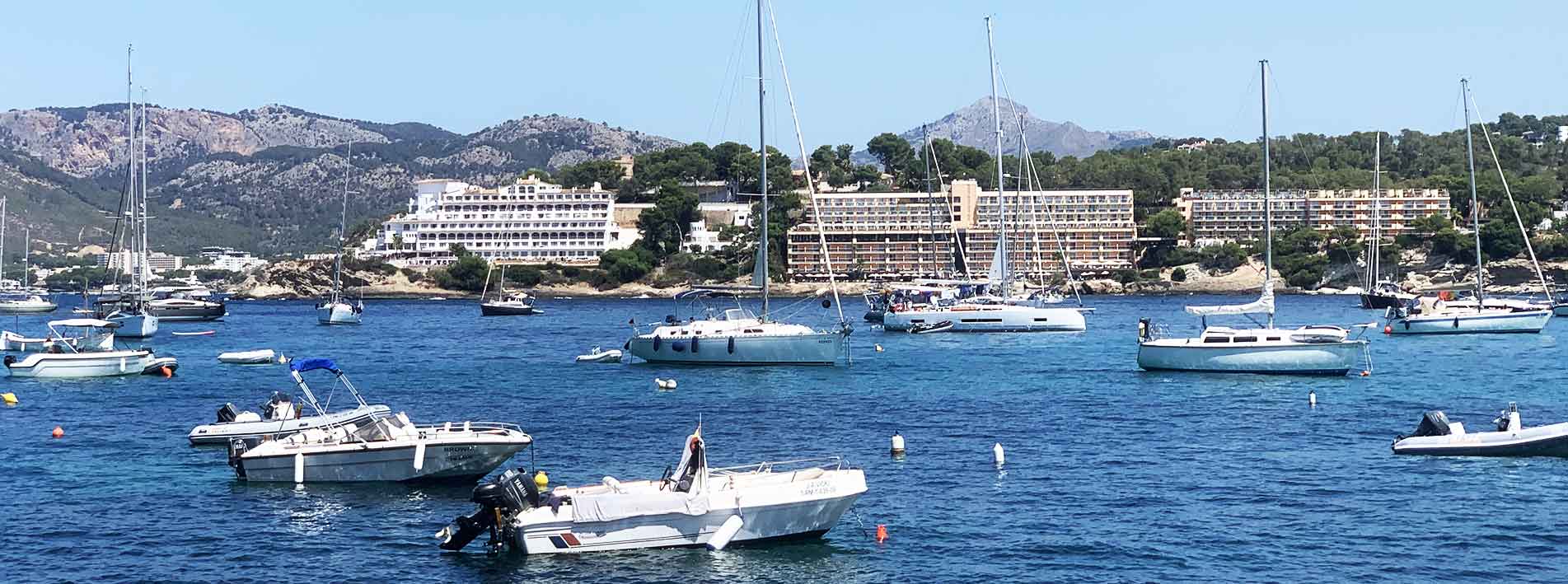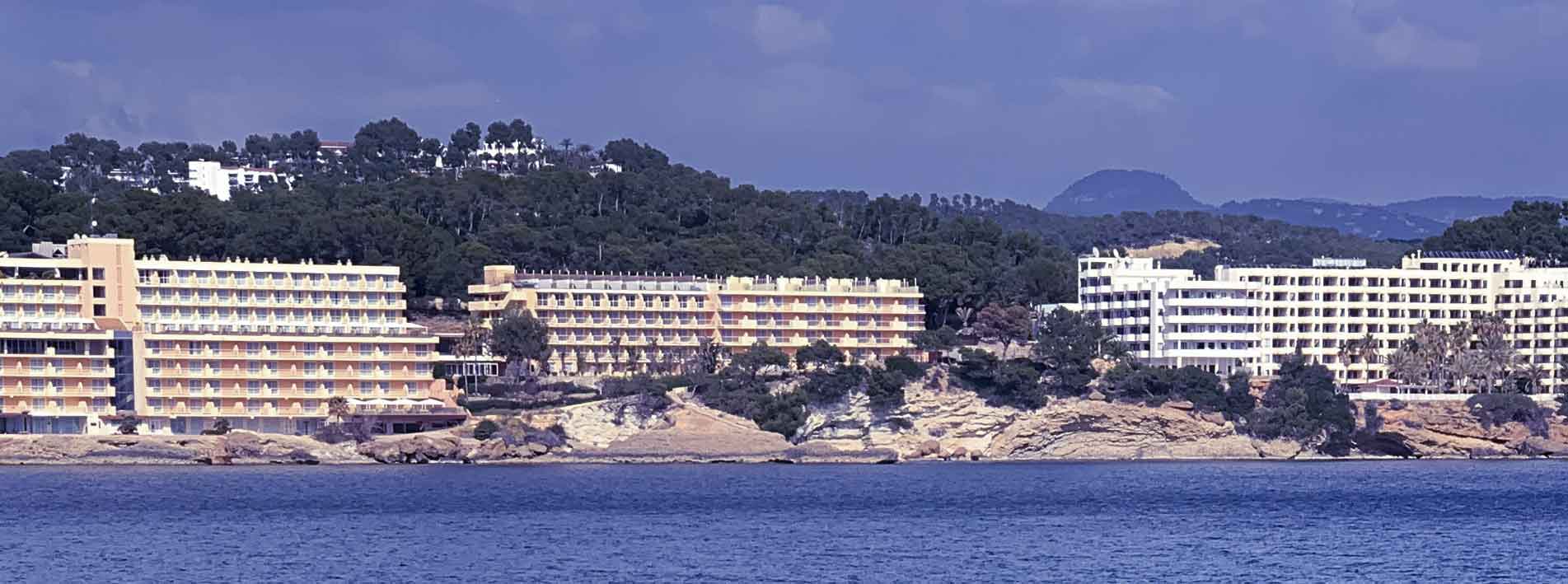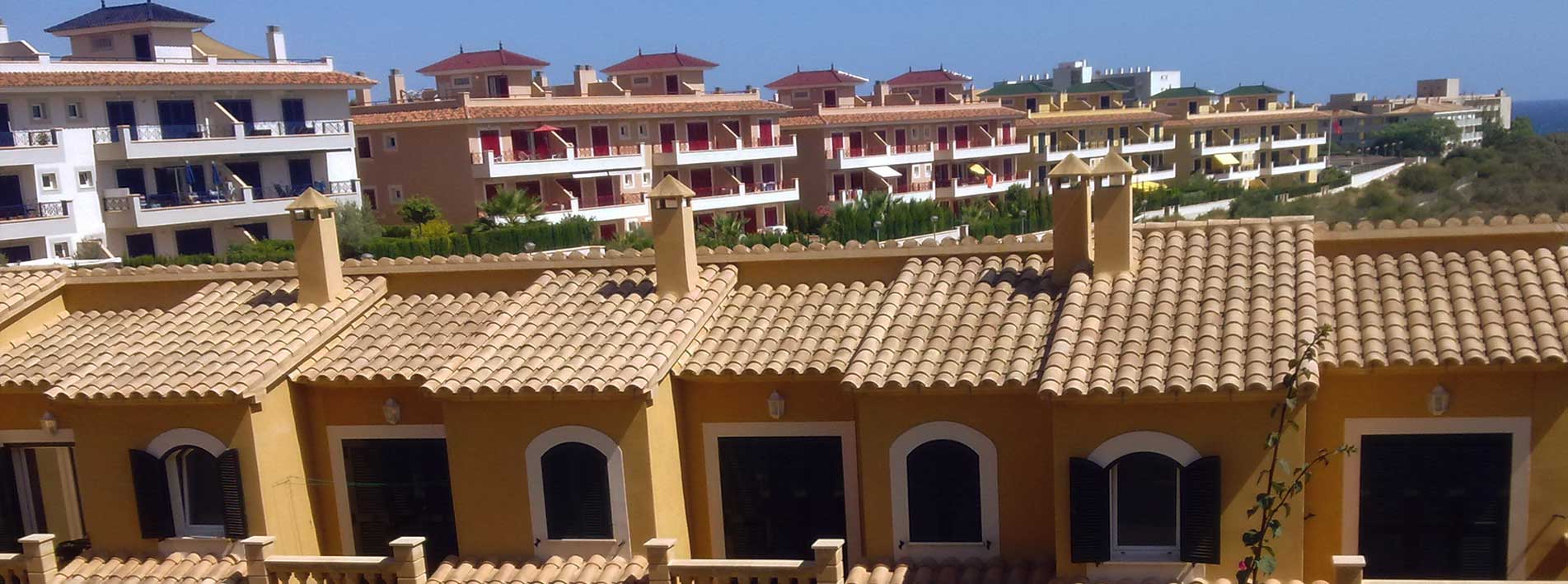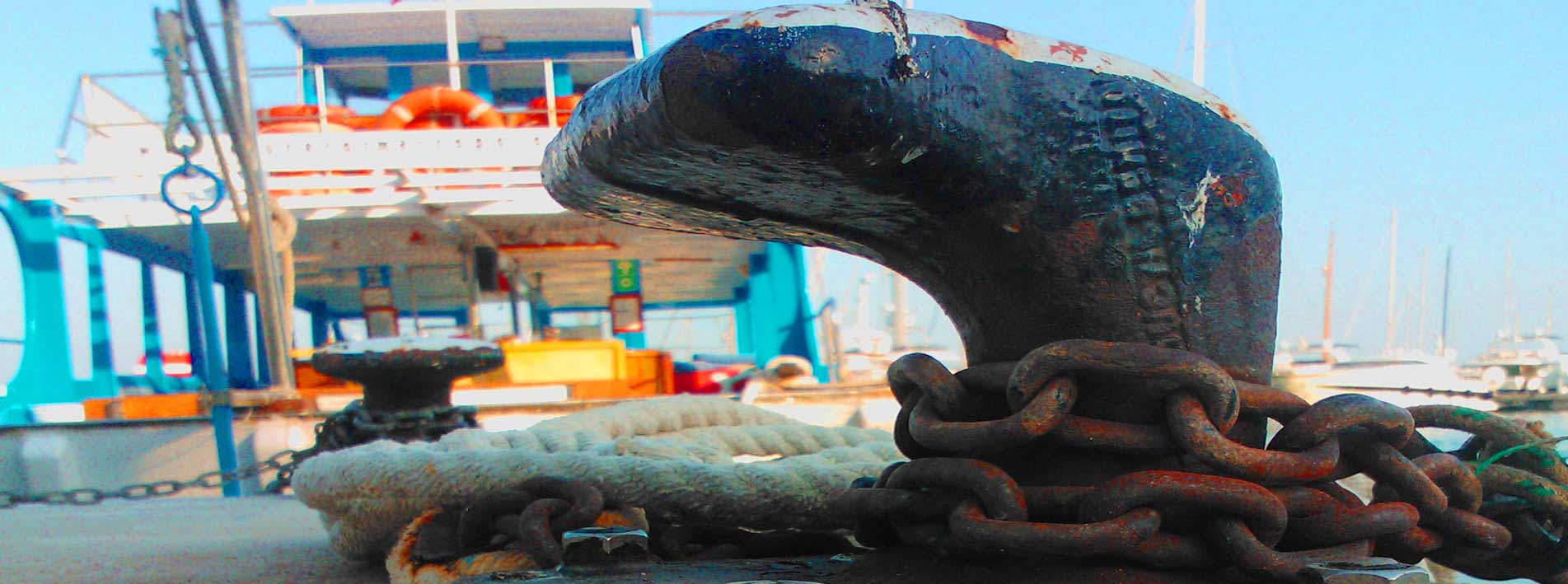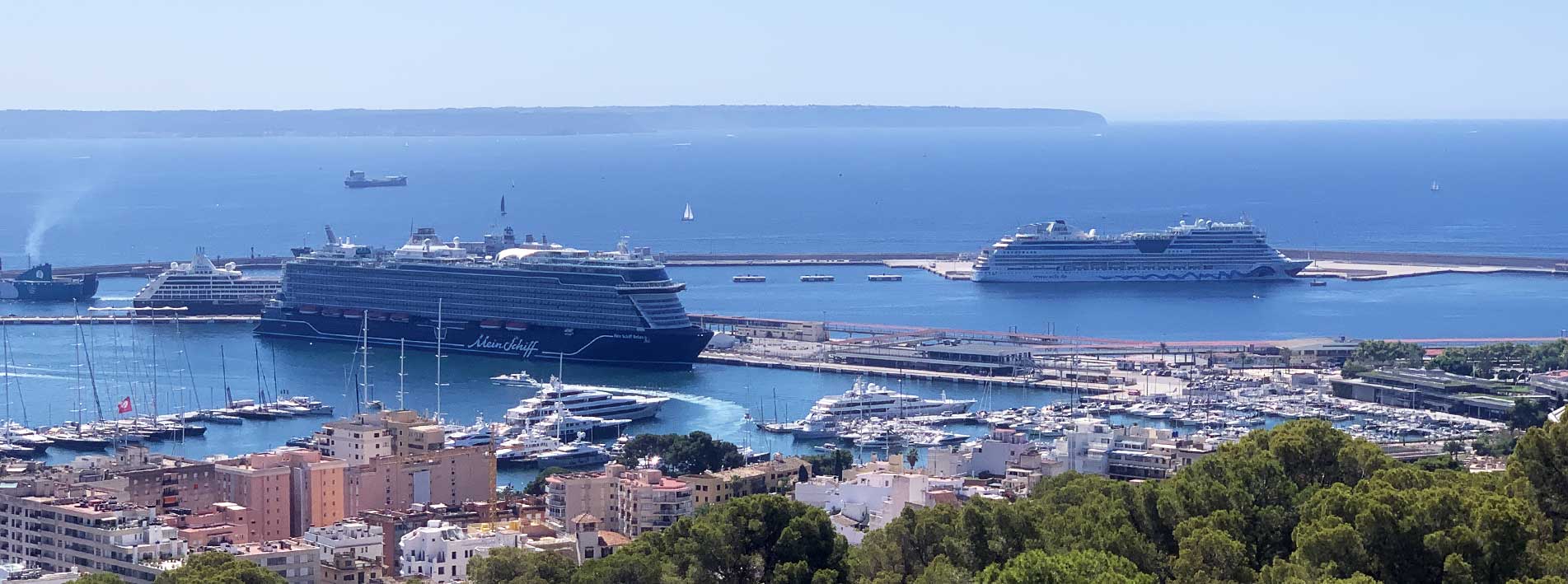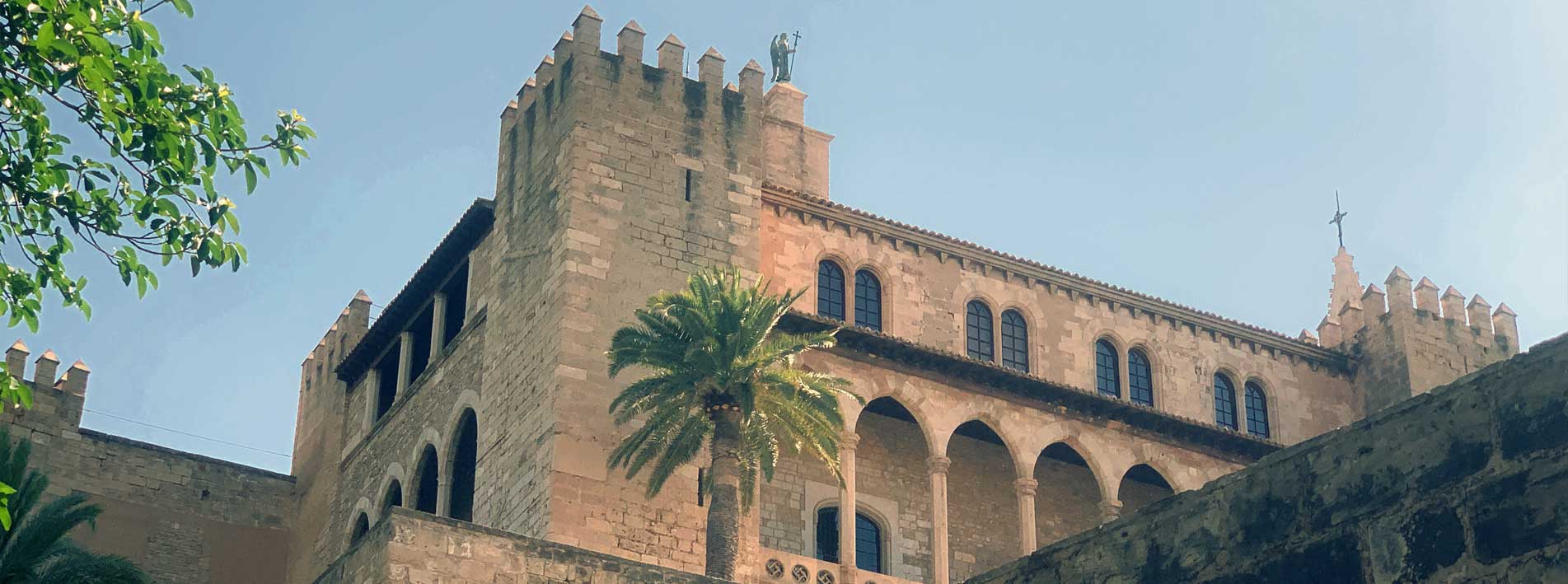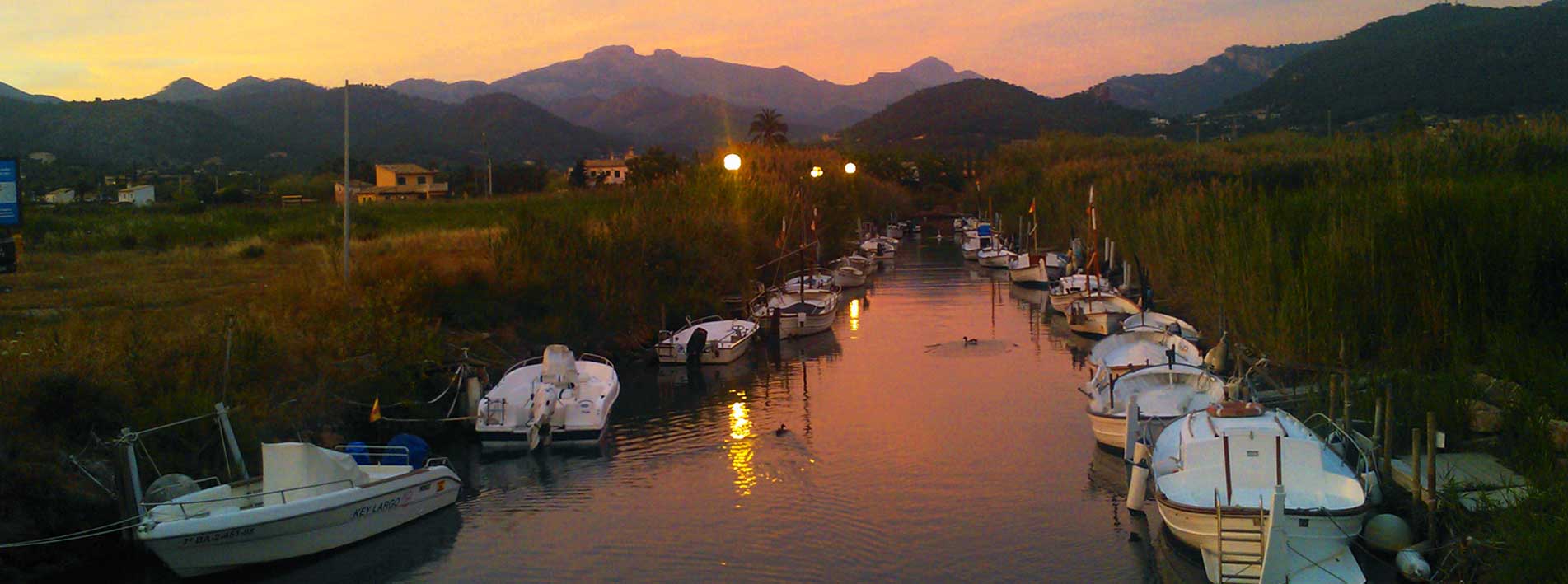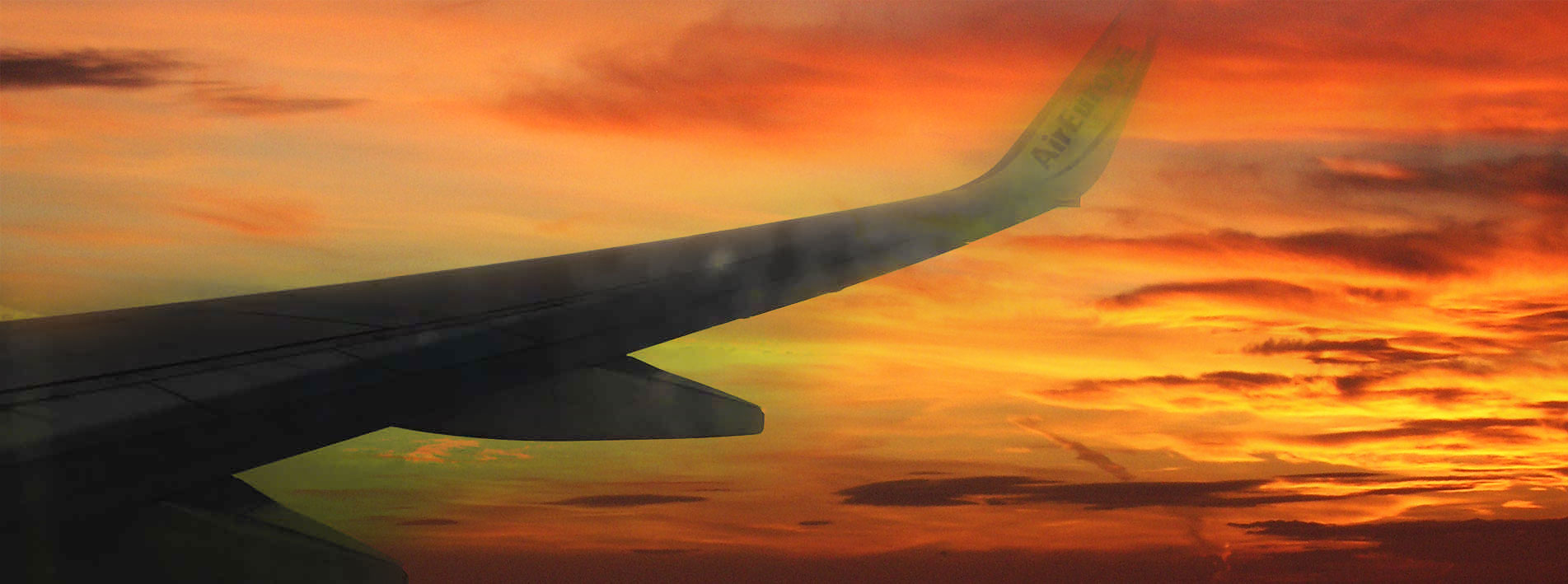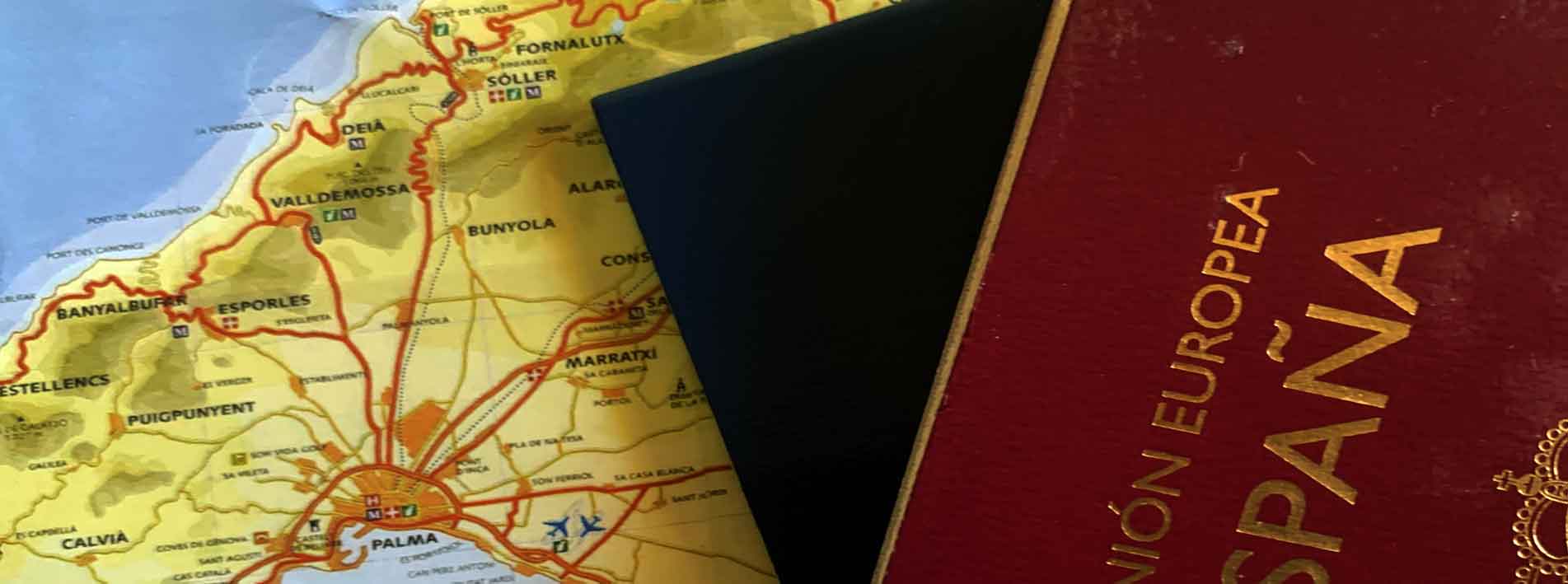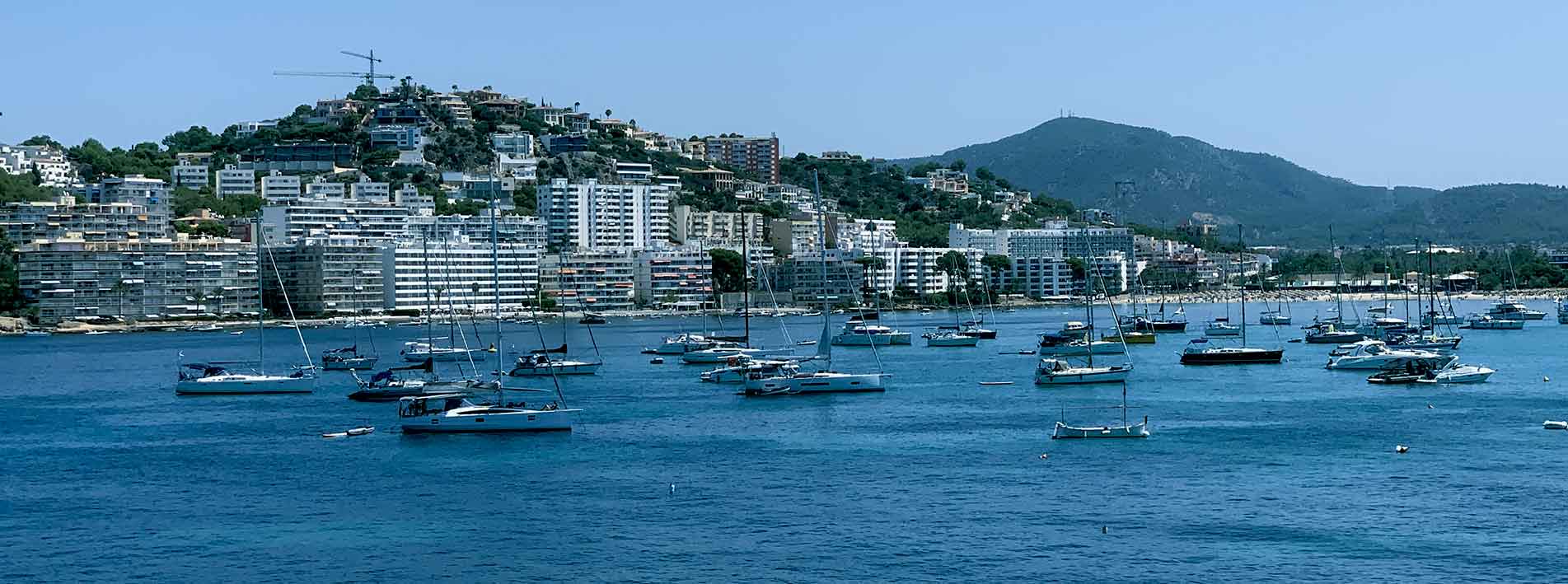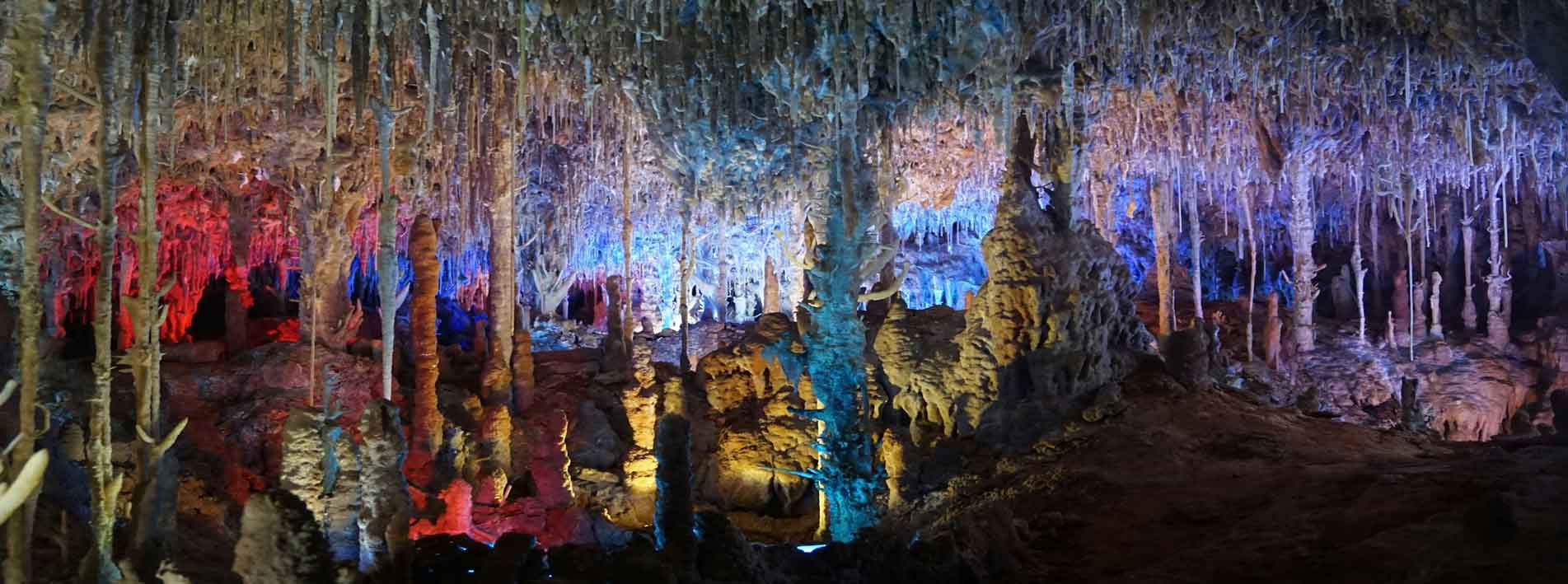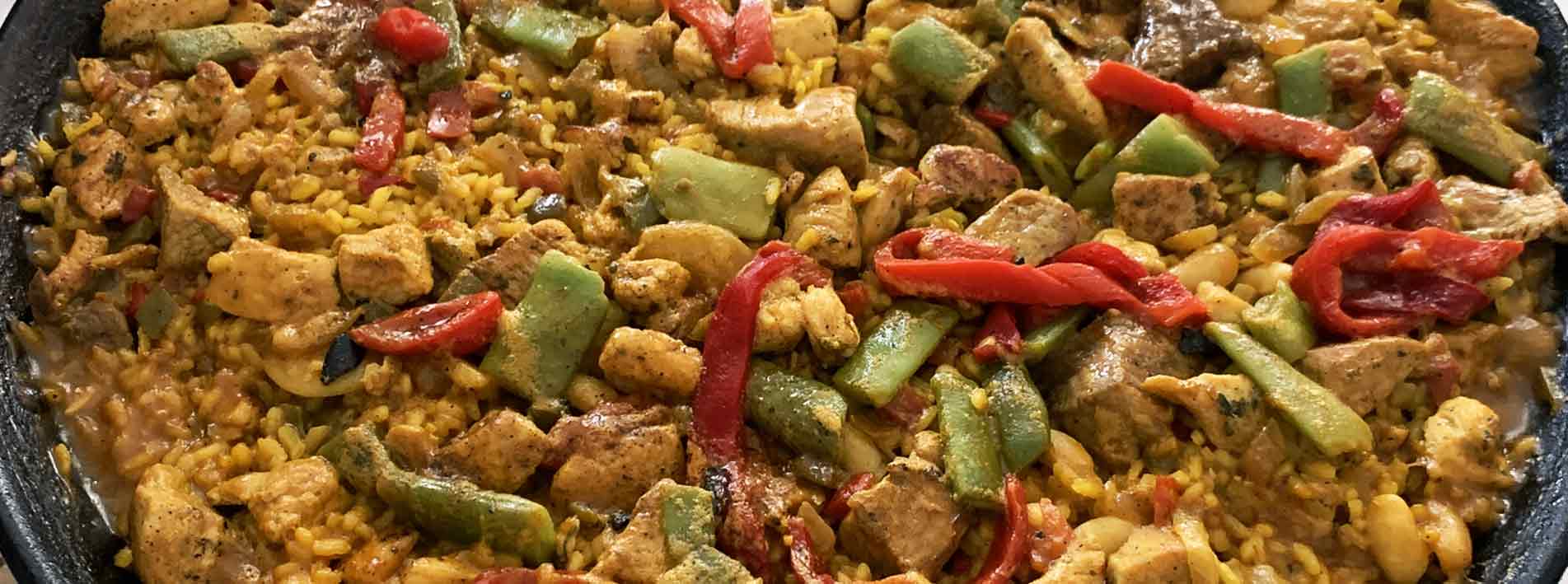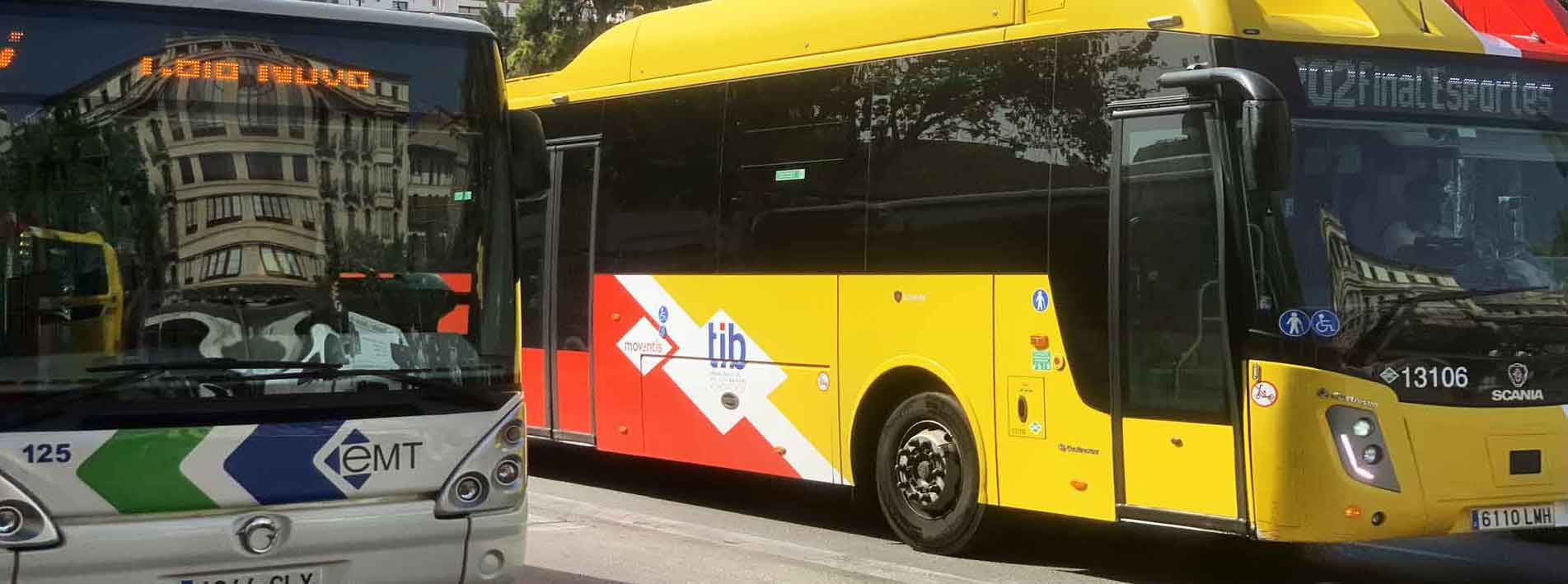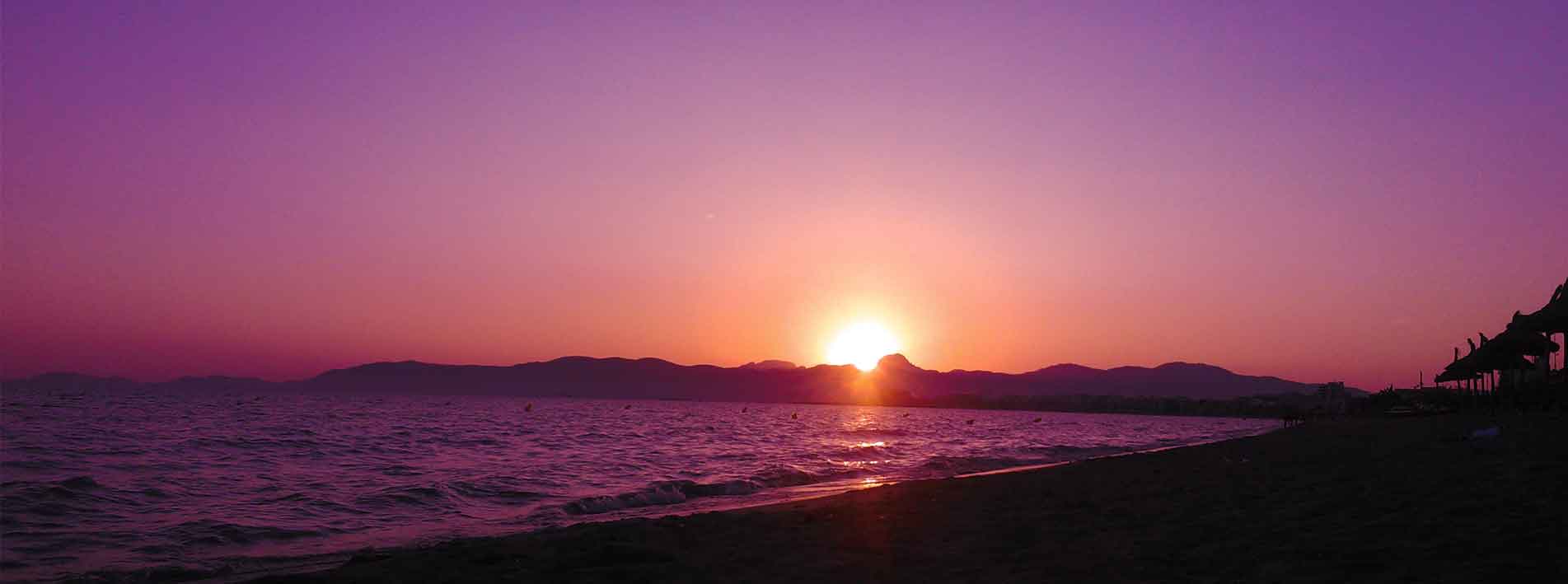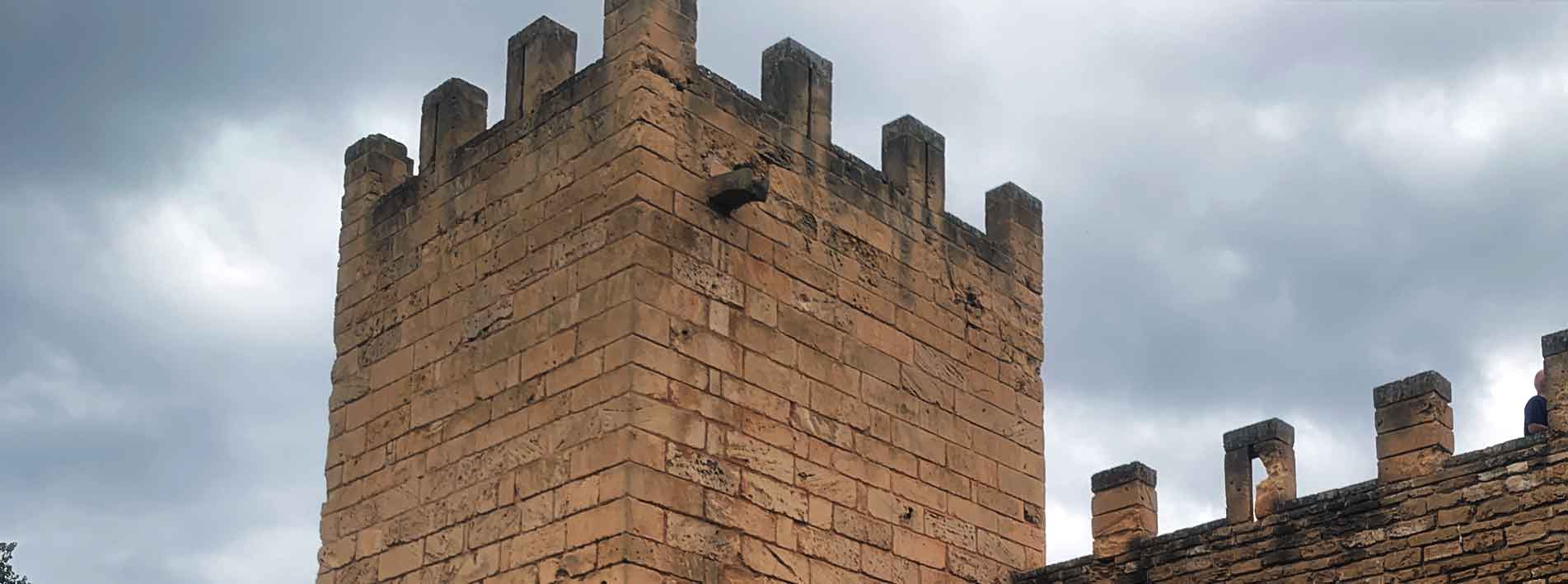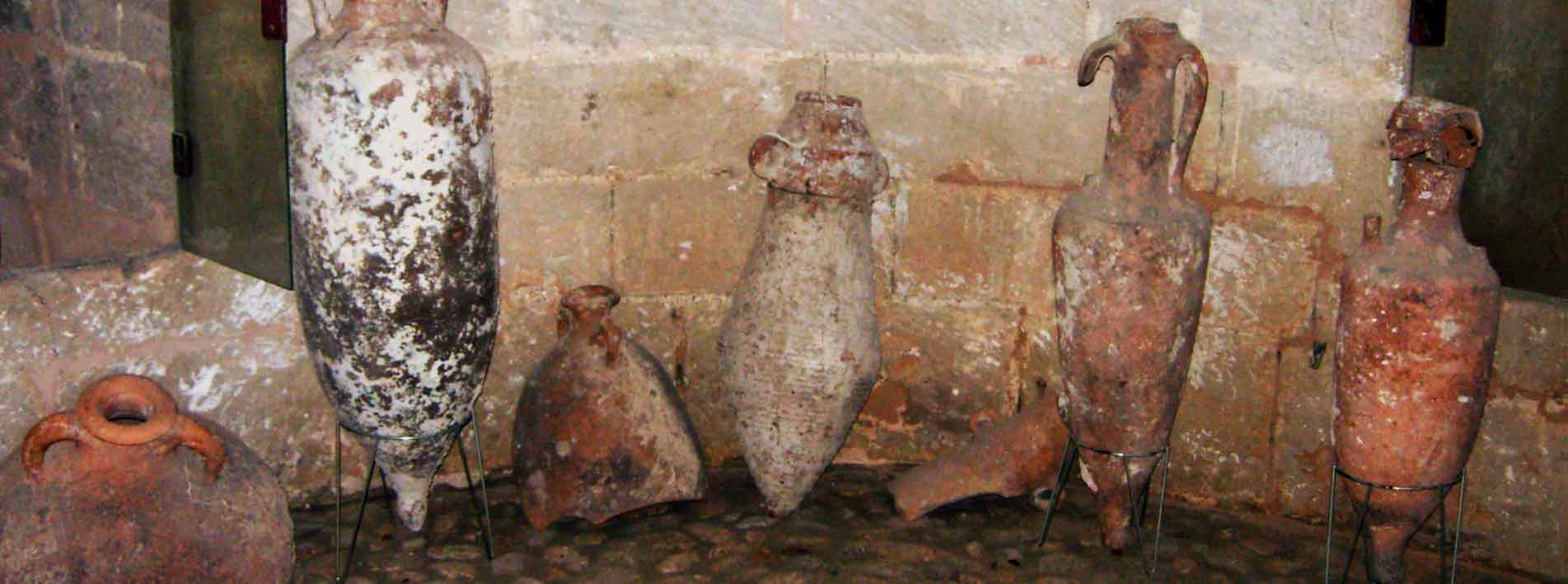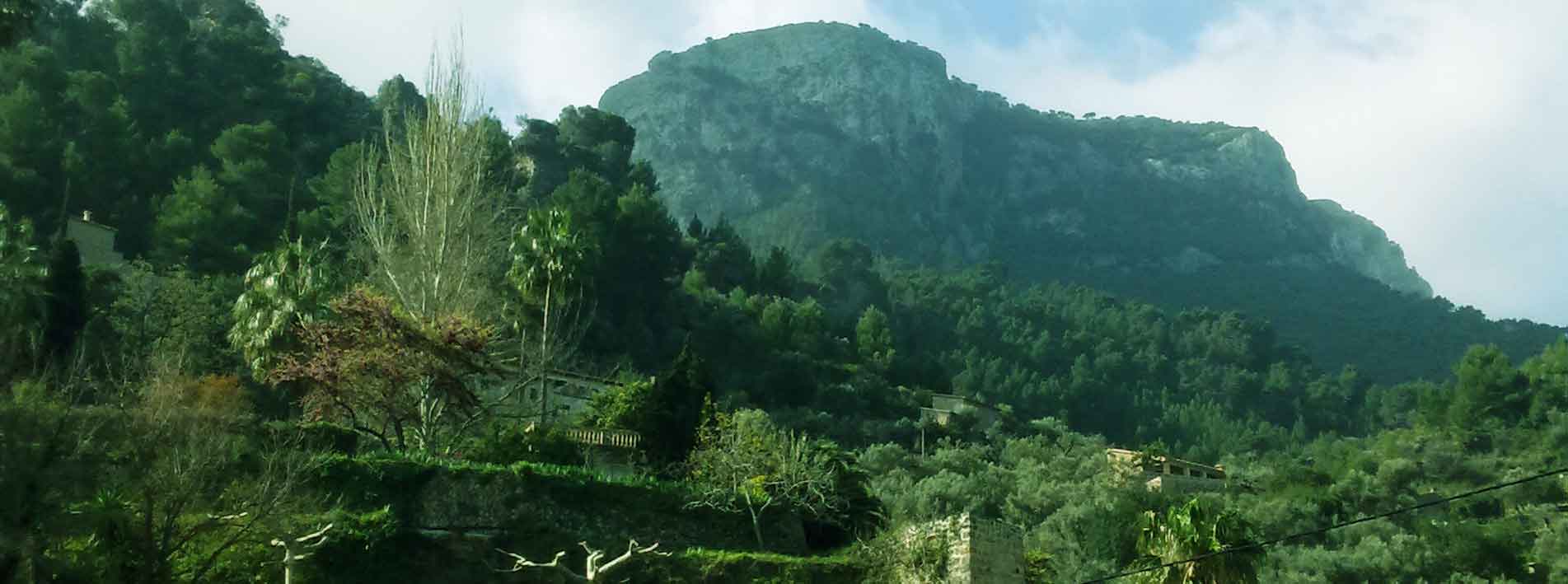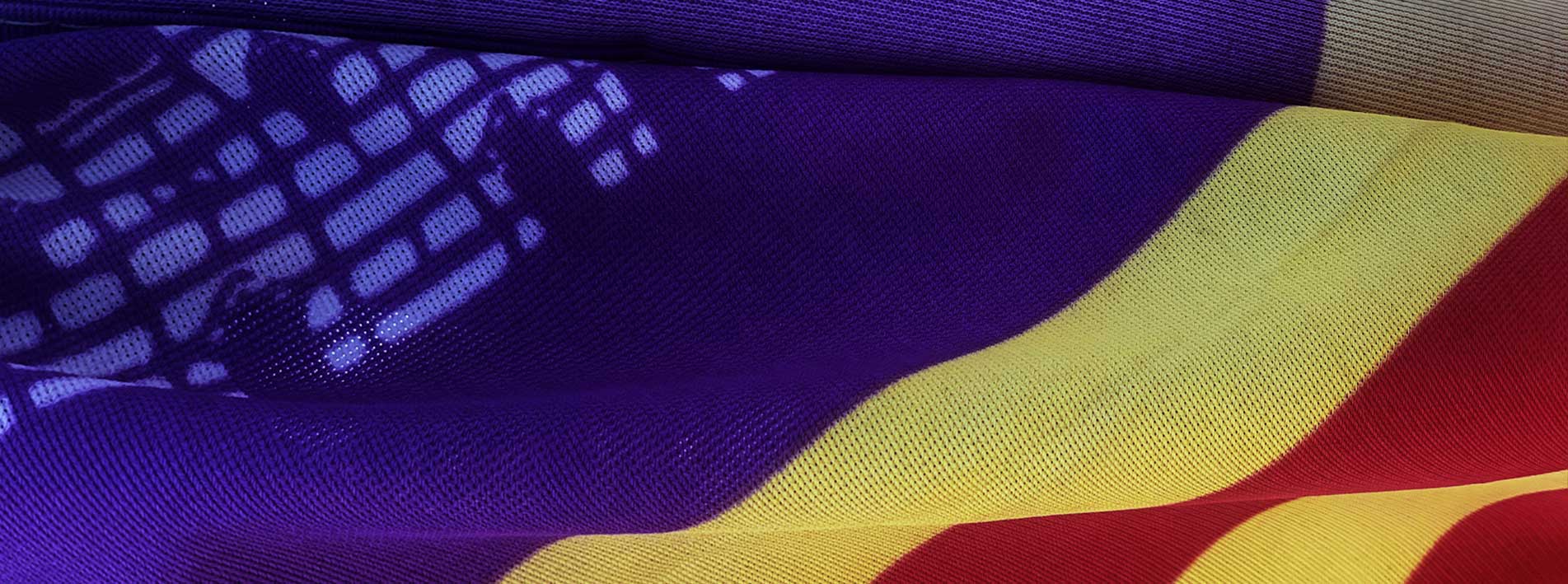What to see and do in Serra de Tramuntana
In the Serra de Tramuntana, Mallorca, you can enjoy hiking and cycling activities, such as the Pedra en Sec Route (GR 221), or visit charming villages such as Sóller or Deià. You can also take a drive along the coast to the Formentor Lighthouse, ride the historic train or tram in Sóller and go on boat trips, such as the one to Sa Calobra.
What to see and do in the Tramuntana: Outdoor activities
Hiking: Explore the Pedra en Sec Route (GR 221), a historic 183 km trail that runs through the mountains, or take shorter excursions to places such as the Biniaraix ravine.
Cycling: Ride along the mountain roads, such as the MA-2141 that leads to Sa Calobra and visit the famous stretch known as the “Nus de sa Corbata” (Necktie), a stretch of twists and turns.
Car routes: Follow the scenic road to the Formentor Lighthouse and stop at the viewpoints to take in the scenery.
Boat trips: Sail to the cove of Sa Calobra or visit the island of Dragonera from Sant Elm, checking ferry availability beforehand.
Sunset viewing: Admire the sunset from viewpoints such as Sa Foradada, the Formentor lighthouse, or Torre des Verger.
 What to see and do in the Serra de Tramuntana: Culture
What to see and do in the Serra de Tramuntana: Culture
The Serra de Tramuntana is a unique cultural landscape, recognized as a UNESCO World Heritage Site in 2011. Its value lies in the historical interaction between nature and human activity, especially through traditional agriculture based on terraces, terraced fields and irrigation systems adapted to the terrain. This heritage is reflected in its dry stone architecture, in the festivals of its villages and in a rich agricultural, industrial and tourist history.
Notable cultural elements:
Agricultural landscape: The transformation of steep slopes into agricultural terraces is a distinctive feature, the result of centuries of olive, vine and almond cultivation. Water management through interconnected canals and reservoirs is a key element of this adaptation.
Dry stone architecture: Stone constructions without mortar (walls, paths, infrastructure) are a testament to human technical skill in integrating with the natural environment.
Cultural events: Check the calendar to see if events such as the Pollença Music Festival or the Torrent de Pareis concert coincide with your visit.
Charming villages: Villages such as Fornalutx, Sóller, Valldemossa, Banyalbufar and Pollença preserve their traditional architecture, with cobbled streets, stone facades and architectural details that reflect local history.
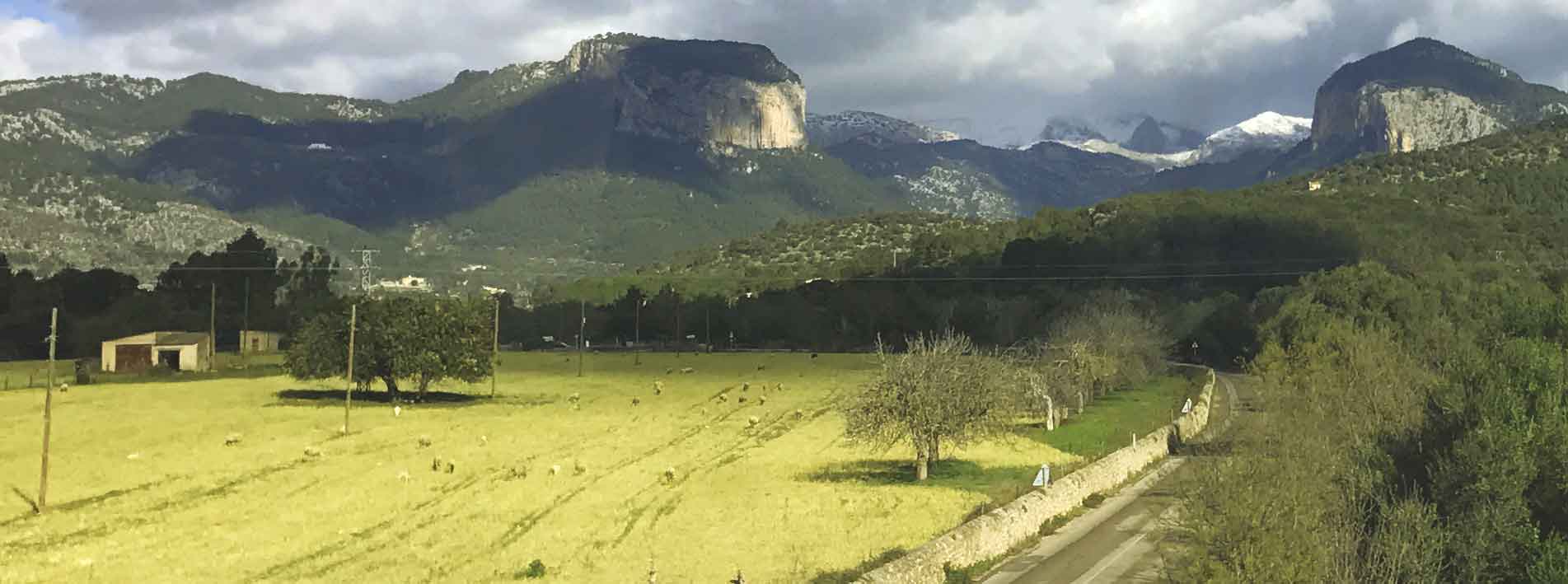 Some charming villages in the Serra de Tramuntana
Some charming villages in the Serra de Tramuntana
Sóller: Known for its historic train and tram to Port de Sóller, surrounded by orange and olive trees. Visit the village of Sóller, stroll through its modernist streets and take the historic tram to the port.
Valldemossa: Famous for its Cartoixa and for having been the residence of Chopin and George Sand. Visit the Cartoixa (Cartuja de Valldemossa), a monumental complex with royal residences where Chopin and George Sand stayed. In Valldemossa you can also visit the palace of King Sançho.
Estellencs: A picturesque medieval village with stone houses.
Banyalbufar: A village of Arab origin surrounded by terraces and vineyards.
Deià: A village with a lot of history and charm, as well as nearby coves. Enjoy this village, chosen by many artists, with its charming streets and natural landscapes.
Andratx: A picturesque village with cobbled streets.
What to see and do in the Serra de Tramuntana: Heritage
In the Serra de Tramuntana, you can see places of heritage interest such as the Sanctuary of Lluc and the Cartoixa de Valldemossa and enjoy nature in destinations such as Cala de Sa Calobra or the Formentor Lighthouse. The mountains offer hiking trails and spectacular views, although the roads are narrow and winding.
Religious heritage: Highlights include the Sanctuary of Lluc, the main Marian shrine in the Balearic Islands and an important place of pilgrimage, as well as the Monastery of Miramar, linked to Ramon Llull… both sites of great historical and spiritual value hidden in the heart of the mountains.
Son Marroig Museum: House museum of Archduke Luis Salvador of Austria.
Torre des Verger (ses Ànimes viewpoint): A 16th-century defensive tower with spectacular views of the sea.
Archaeological sites: The area is home to numerous archaeological sites dating from the Iron Age to the Islamic period, such as those located in Estellencs.
Qanats: Islamic structures such as qanats, which are underground water conduits, have been preserved.
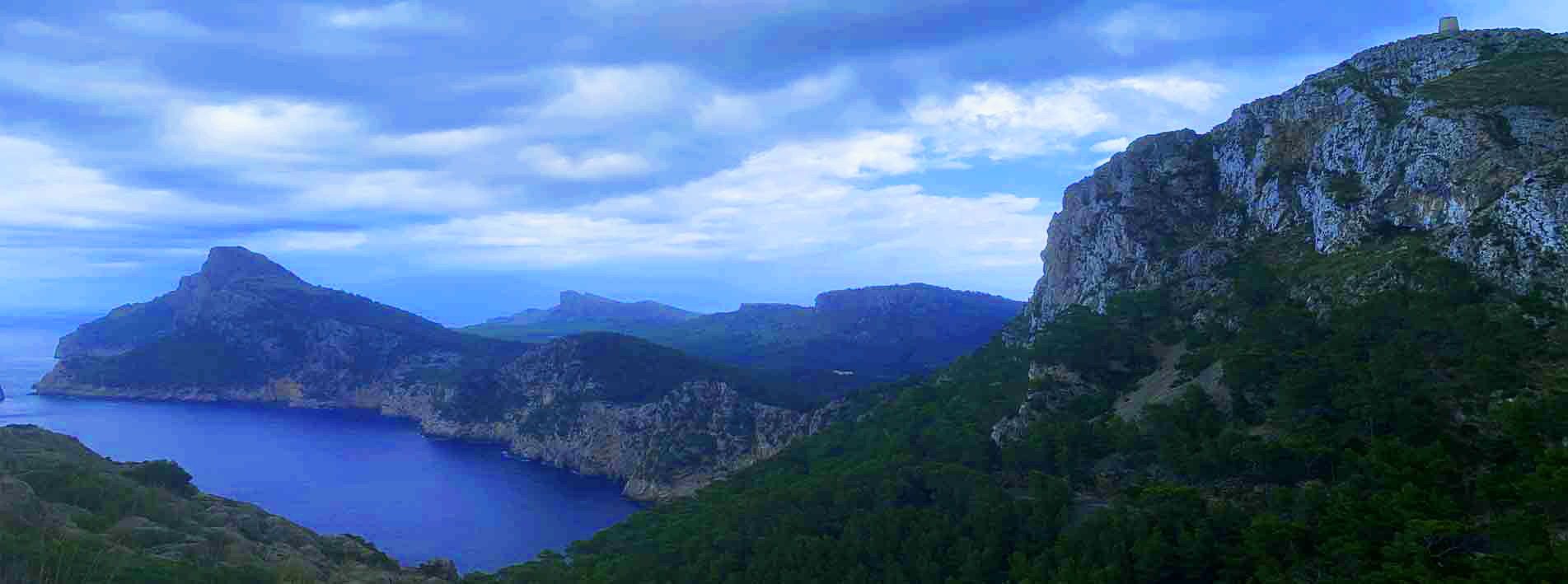 What to see and do in the Serra de Tramuntana: Gastronomy
What to see and do in the Serra de Tramuntana: Gastronomy
The gastronomy of the Serra de Tramuntana is characterized by traditional Mallorcan dishes made with ingredients from the vegetable garden and local products, such as ensaimada and sobrasada. Some emblematic dishes are tumbet and trampó (vegetable dishes), frito mallorquín (a dish of fried meat with vegetables) and Mallorcan soups (a vegetable broth with bread). The cuisine also includes fish dishes on the coast and pastries such as almond cake. Try local specialties such as shrimp stew in Port de Sóller.
Local markets: Explore the weekly markets in the villages, such as the one in Sóller on Saturdays, to sample local products and find a variety of handicrafts.
Oil mills and wineries: Discover how local olive oil and wine are made by visiting oil mills in Sóller or wineries in Banyalbufar.
Other places of cultural and scenic interest
Formentor Lighthouse: The northernmost point of the island, offering spectacular views, especially at sunset.
Puig de Galatzó Reserve: A natural area with trails, streams and waterfalls.
Talaia d’Albercutx: A watchtower offering views towards Cape Formentor.
Hiking and cycling: There are many routes to enjoy the mountains on foot or by bike, although proper footwear and caution are required, especially on isolated routes.
Notable coves in the Serra de Tramuntana
Sa Calobra: Famous for its Torrent de Pareis gorge, it is surrounded by imposing cliffs and is a popular destination.
Cala Deià: A rustic and bohemian classic with crystal clear waters, inspiring for artists.
Cala Tuent: An unspoiled and less crowded cove with emerald waters surrounded by pine trees.
Cala de Llucalcari: A lesser-known cove, also called Es Canyeret, ideal for a leisurely stroll to Cova Fosca.
Snorkeling and climbing: Many of the coves in the mountains offer clear waters for snorkeling and cliffs for climbing.
Relax and enjoy the scenery: Simply relaxing on the beaches of the Mallorcan mountains is an excellent way to enjoy the surroundings and escape the overwhelming noise of mass tourism.
Practical tips
Transportation: You can explore the mountains by car, but you must drive carefully on the narrow, winding roads. Hiking and cycling are excellent ways to enjoy the scenery, provided you have the right equipment.
By the way, are you coming to Mallorca on a tourist trip? If you find it helpful, you can also consult our travel guide to Mallorca and more tourist information of Mallorca

